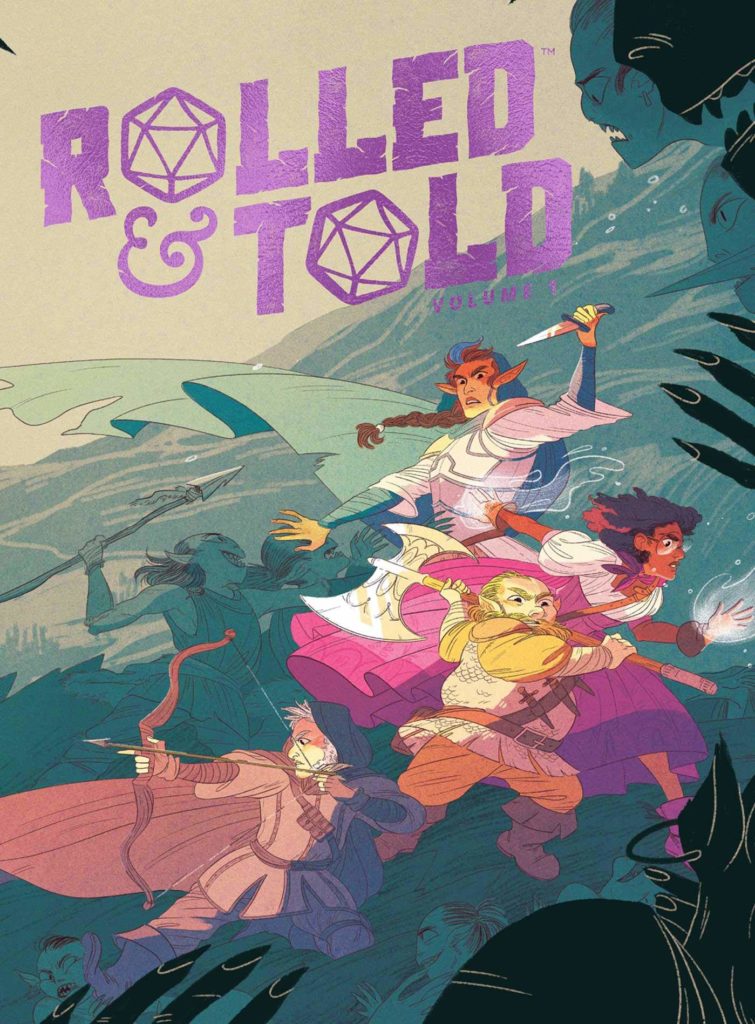I’m on a study project to improve my understanding of roleplaying games. To this end, I already have two reading projects, A Game Per Year and An Adventure Per Year. This is the third, with the goal of reading or playing 52 games made in the last few years. Originally I considered making this “A New RPG Per Week” and that’s where the number 52 comes from, even though a weekly schedule is probably not within my abilities.

Rolled & Told is a magazine providing adventures and articles for D&D 5th Edition. This book is a collection of material from the first six issues. The substance of the collection consists of the adventures, short scenarios often written in a flippant or humorous tone.
In this sense, the book follow the change in style that can be seen between the D&D Starter Set published in 2014 and the Essentials Kit from 2019. In the Starter Set, there’s an attempt to present the world as a breathing, lived-in environment. People have fantasy names and the tone evokes the style of high fantasy D&D often defaulted to in earlier editions as well.
In Essentials Kit, a coherent style and sense of place is less important than the jokey fun of an evening’s D&D game.
Similarly, Rolled & Told Volume 1 opens with humor. The first adventure presents a training dungeon built into a tavern. The characters can gain experience in a non-lethal environment.
One of the book’s selling points is the art. Many of the scenarios come with a short comic presenting some aspect of the situation. The visual style is twee, bloodless and chaste, giving the book a wholesome aura only slightly complicated by comedy based on cruelty to farm animals.
Other adventures feature flying goblin ships and a wizard convention with a chocolate golem. They’re effective little setups, with strong openers that kicks the characters into the action. In one case, the characters are waking up with hangovers in a town when the action finds them.
The essays are aimed at beginners, with tips on how to play romance or deal with railroading. One exhorts GMs to never shy away from killing player characters.
The obvious audience for this collection would be a beginning GM, perhaps with younger players.